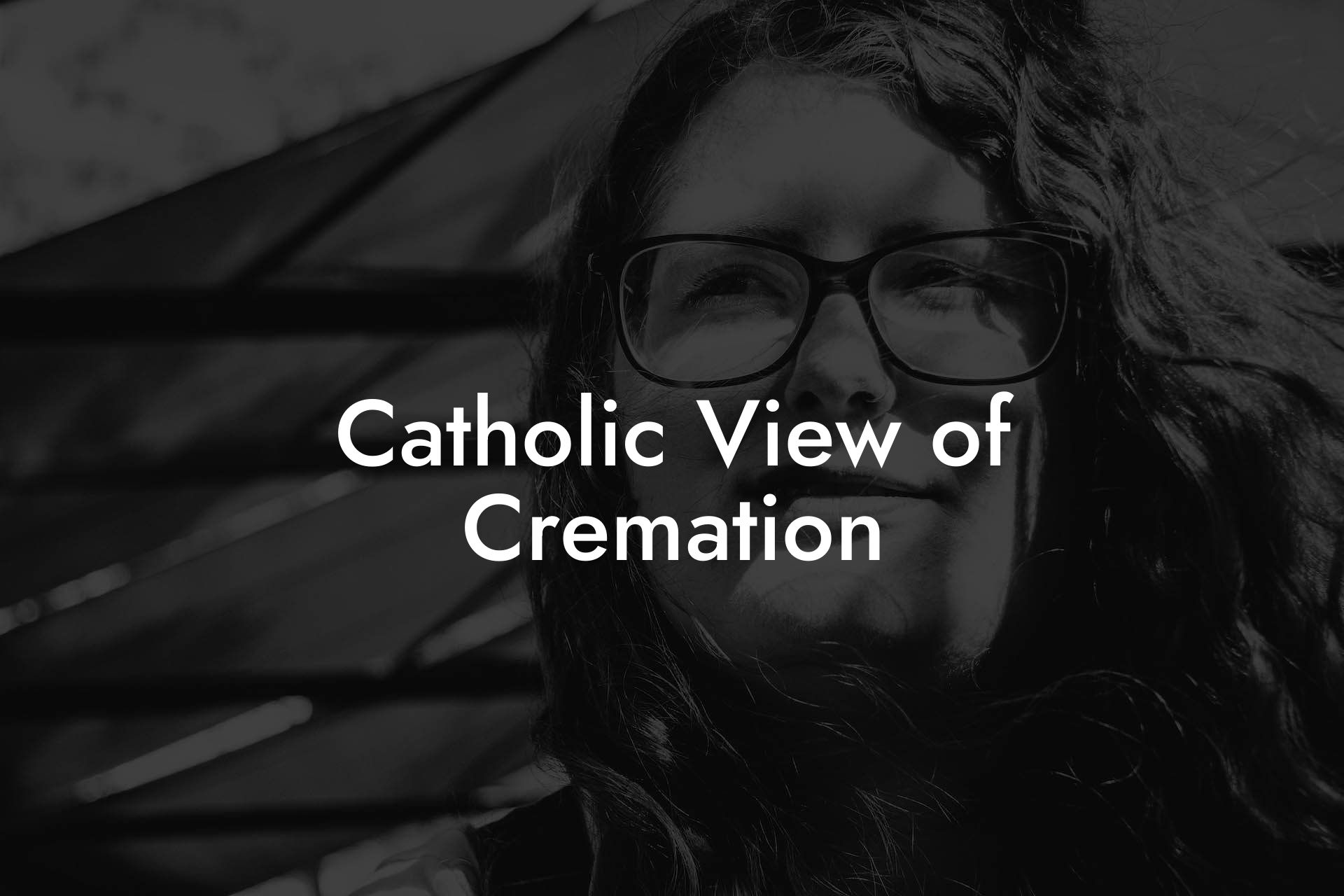Imagine walking into a serene, candle-lit chapel, surrounded by loved ones, to bid a final farewell to a dear one who has passed on. The atmosphere is somber, yet peaceful, as you reflect on the life and legacy of the departed. But have you ever wondered what happens next? What are the options for honoring your loved one's memory, and how do they align with your faith? In this comprehensive guide, we'll delve into the Catholic view of cremation, exploring its history, theology, and practical implications for modern Catholics.
Quick Links to Useful Sections
A Brief History of Catholicism and Cremation
For centuries, the Catholic Church prohibited cremation, deeming it a pagan practice that rejected the resurrection of the body. However, in 1963, the Church lifted its ban on cremation, recognizing it as a legitimate option for Catholics. This shift in stance was largely driven by the growing popularity of cremation in the Western world and the need to accommodate changing societal norms.
Today, cremation is an increasingly common choice for Catholics, with many opting for it due to environmental concerns, cost considerations, or personal preference. But what does the Church teach about cremation, and how can Catholics ensure that their decision aligns with their faith?
The Theology of Cremation: What the Church Teaches
The Catholic Church affirms that cremation can be a valid option for Catholics, provided it is not chosen for reasons that contradict Christian teaching. The Church emphasizes the importance of treating the body with respect and dignity, as it is a temple of the Holy Spirit.
In the Order of Christian Funerals, the Church outlines its guidelines for cremation, stating that the ashes of the deceased should be treated with the same respect as the body, and that they should be buried or entombed in a sacred place, such as a cemetery or columbarium. This ensures that the remains are not scattered, divided, or treated in a way that is disrespectful to the deceased.
Practical Considerations for Catholics Choosing Cremation
If you're a Catholic considering cremation, here are some key things to keep in mind:
- Choose a reputable crematorium: Ensure that the crematorium you select is reputable and follows the Church's guidelines for cremation.
- Respect the ashes: Treat the ashes with dignity, burying or entombing them in a sacred place, such as a cemetery or columbarium.
- Avoid scattering: Refrain from scattering the ashes, as this can be seen as disrespectful to the deceased and may not align with the Church's teachings.
- Consider a funeral Mass: A funeral Mass can be a beautiful way to honor your loved one, even if you choose cremation. Discuss this option with your priest or funeral director.
By understanding the Church's teachings and guidelines, you can make an informed decision about cremation that aligns with your faith and values.
Resources and Community Support: Your Next Steps
If you're struggling to come to terms with the loss of a loved one or seeking guidance on cremation and Catholicism, here are some resources to consider:
- Catholic Funeral and Cemetery Services: Many dioceses offer funeral and cemetery services that can provide guidance on Catholic funeral rites and cremation.
- Bereavement support groups: Join a bereavement support group, such as those offered by hospices or churches, to connect with others who have experienced loss.
- Catholic counseling services: Seek counseling from a Catholic therapist or priest who can provide spiritual guidance and support during this difficult time.
Remember, you're not alone in your grief. Reach out to your community, and don't hesitate to seek guidance from Catholic leaders and resources.
Frequently Asked Questions: Catholicism and Cremation
Here are some frequently asked questions about Catholicism and cremation:
1. Is cremation allowed in the Catholic Church?
Yes, the Catholic Church permits cremation, provided it is not chosen for reasons that contradict Christian teaching.
2. Can I have a funeral Mass if I choose cremation?
Yes, a funeral Mass can be celebrated even if you choose cremation. Discuss this option with your priest or funeral director.
3. What should I do with the ashes after cremation?
The ashes should be buried or entombed in a sacred place, such as a cemetery or columbarium, and treated with the same respect as the body.
4. Can I scatter the ashes?
No, the Catholic Church discourages scattering the ashes, as this can be seen as disrespectful to the deceased and may not align with the Church's teachings.
5. How can I ensure that my cremation choice aligns with my faith?
By understanding the Church's teachings and guidelines, and by choosing a reputable crematorium and treating the ashes with dignity, you can ensure that your cremation choice aligns with your faith.

